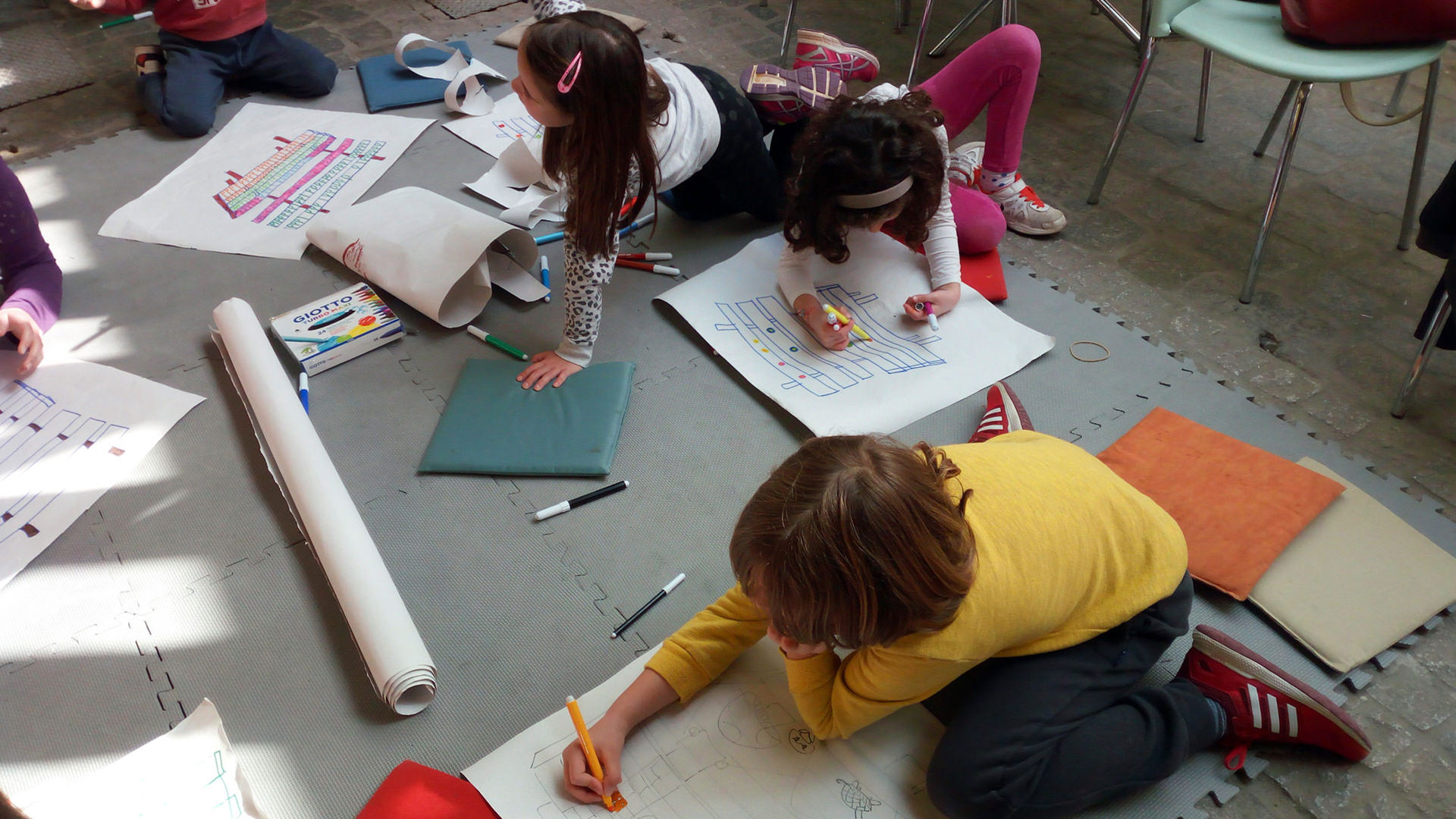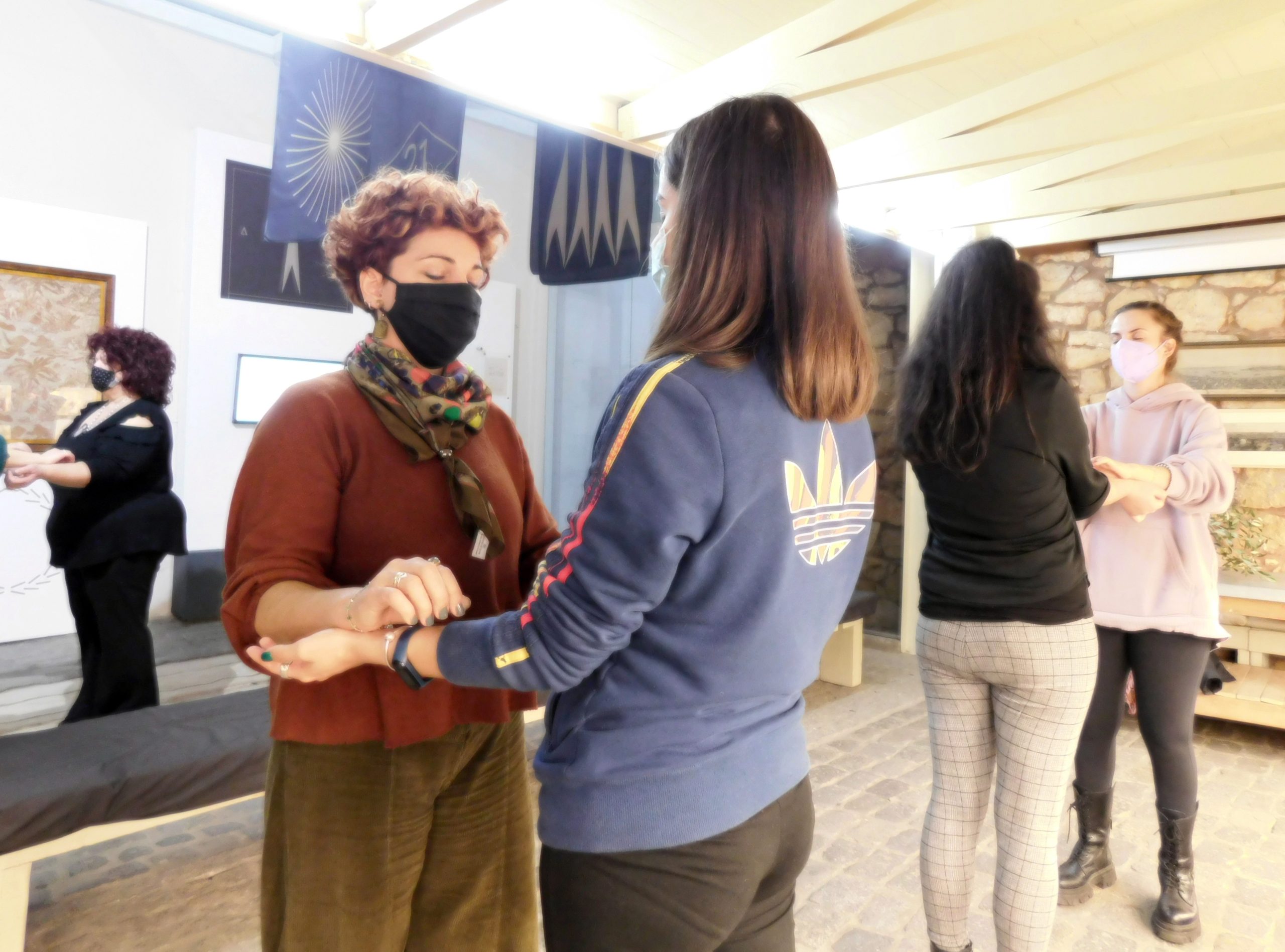
Today museums have evolved to be places of communication, gathering, critical thinking, discussion, learning and entertainment. They instigate creativity, value development and learning. Therefore, it is possible for those who take part in their activities, to gain something more than knowledge. Everyone’s individual experience and interpretation, combined with the flexibility provided, yields a meaningful relationship between the Museum and the public.
The Ethnological Museum of Thrace promotes interaction with the local society by designing an array of educational activities and workshops for all formal educational levels, organised groups, associations etc. At the same time, it designs and carries out educational programs in partnership with educators on topics they care about.
The Museum puts intercultural education programs into effect, collaborates with special schools, bodies and organisations, aiming to involve local society as well as people from surrounding areas in its activities.
Educational programs
There are educational programs based on the themes of the Museum, as well as themes that reinforce critical thought, empathy, historical understanding and promote teamwork, co-operation, acceptance and creative expression. You can download our educational program catalogue, by pressing the link at the end of this article.
Educational programs can take place at the Museum, at schools, monuments and organised function rooms that cater for specific people’s needs and are custom-made.
The number of kids in each group is usually up to 25.
Educational programs can take place in English after prior discussion. This can be applied to: European Programs such as Erasmus, private English Schools, Foreign Language Institutes, organised groups, etc).
- Nutrition
- Local history
- Folklore tradition
- The environment
- Customs of Thrace
- Drama in education
- Social Causes
- Tools and mechanics
Structure and supportive material of programs
Dear educator friends,
We would like to note that the structure of an educational program in a museum consists of three stages directly interrelated to each other: preparing at school, the actual visit at the Museum and class activities related to Museum visit.
Preparing at school prior to your Museum visit
The preparation of the students as well as that of accompanying educators is vital, in order for your class to benefit as much as possible from participating in the educational program. To prepare as an educator we recommend that you pay a visit to the exhibition area of the Museum and become familiar with the collections, the potential and restraints of the space so that you facilitate your class visit as much as possible.
We would suggest that student preparation for the program started before their visit to the Museum. This way, the kids can reach the objectives of the program more easily. You can organise activities aiming to get the kids acquainted with:
- The concept of the Museum
- The topic of the educational program
Here we suggest some activities you can use:
- After looking at photographs from various museums, you and the students can talk about what the word “museum” means to them. For example, you can make questions like: what museums have you visited? How many types of museums are they aware of? What is the first thing that comes to mind when you hear the word “museum”? How many different museums are there locally? What comes to mind when you hear “Ethnological Museum of Thrace”?
- You can brainstorm the word “collection”. Encourage the kids to draw their collections and write them down. Afterwards, you can talk about the reasons for their collection.
- You can ask your group of students to bring their collections along to class and together you can create an exhibition area at school.
- You can play the question game. A child thinks of an object either from the collections or any class object. The rest try to guess what the object is, by making suitable questions (eg. shape, color, etc)
- You can play music games that encourage movement with the kids’ collections or chosen objects from class. Kids can recreate an object of their choice with their bodies, accompanied by a musical instrument, they can move around trying to find other “objects” looking like them.
- Talking to students about how to behave during their visit at the Museum is part of their preparation. Kids need to feel responsible and respect the space at the Museum. Some of the points you can make are cleaning after themselves and being extra careful when touching Museum objects, as well as being respectful.
Museum visit
During the program, it is our philosophy that the educator should actively participate and engage with the students, in order to better understand and evaluate the students’ learning experience. We would be grateful if after the end of the program both the educator and the kids filled in a form for the evaluation of the program.
Suggested class activities related to Museum visit
With your return to school, we suggest that you continue to improve each student’s experience from taking part in the program.
The material you have received may initiate various discussions on the traditional civilization of Thrace, that can urge the students to look into it further and be expressed through:
- writing a composition on their impression of the Museum after their visit.
- creating a research scrapbook.
- writing a piece in the school newspaper
- dramatisation
- a photo exhibition
- arts and crafts etc.
Projects & long term educational programs
For the past few years, the EMT Museum Education Department, has been offering educators the opportunity to co-design their student activities at the Museum, in direct collaboration with the Museum educator/animator. The programs are designed to cover the needs of each group, with flexibility in the manner and time they take place. Project duration can vary from 2 to 10 group meetings throughout the school year, so that there is enough time for deep, critical thought., The museum-education techniques and the use of tools and methods of informal learning yield a result that is one of a kind, because both educators and students create them together. So far, this type of program results, when it comes to engaging the students to activities and discussions, their active participation and internal motive, have been excellent so we constantly seek to upgrade and improve them.
Museum Kits
“The Travels of tasty Evros“ & the portmanteau

Fees
The cost of each educational program is normally 3 euros per person and 4 to 5 euros if they take place in English or outside the Museum.
In case of a yearly project, the cost can be adjusted accordingly.
Duration of each program is 90-120 minutes.
Social outreach
The Museum is people-oriented. Some of the structural elements of the Museum such as the participation of society in issues of culture and heritage and the constant information of the public regarding social justice, coincide with the basic elements of cultural identity of Thrace. The element of coexistence between various ethnic and cultural heritage groups.
The Museum is open to everyone, a place where different people from all over the world come together and form strong relationships with each other. Inmany ways, the Museum is a live organism with intense impact on citizens.
There are projects concerning minority groups, refugee aid acts, workshops for kids from the Unaccompanied Minor Hospitality Organization, performance art and seminars. All the above are part of the daily dialogue the Museum introduces through social programs, aiming to support the socially sensitive groups, and thus acting as a bearer of human rights and social justice.

